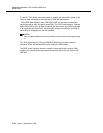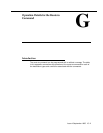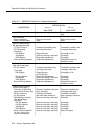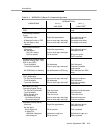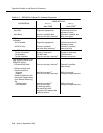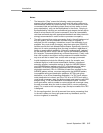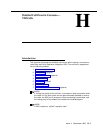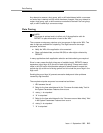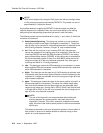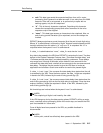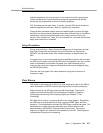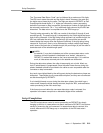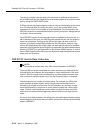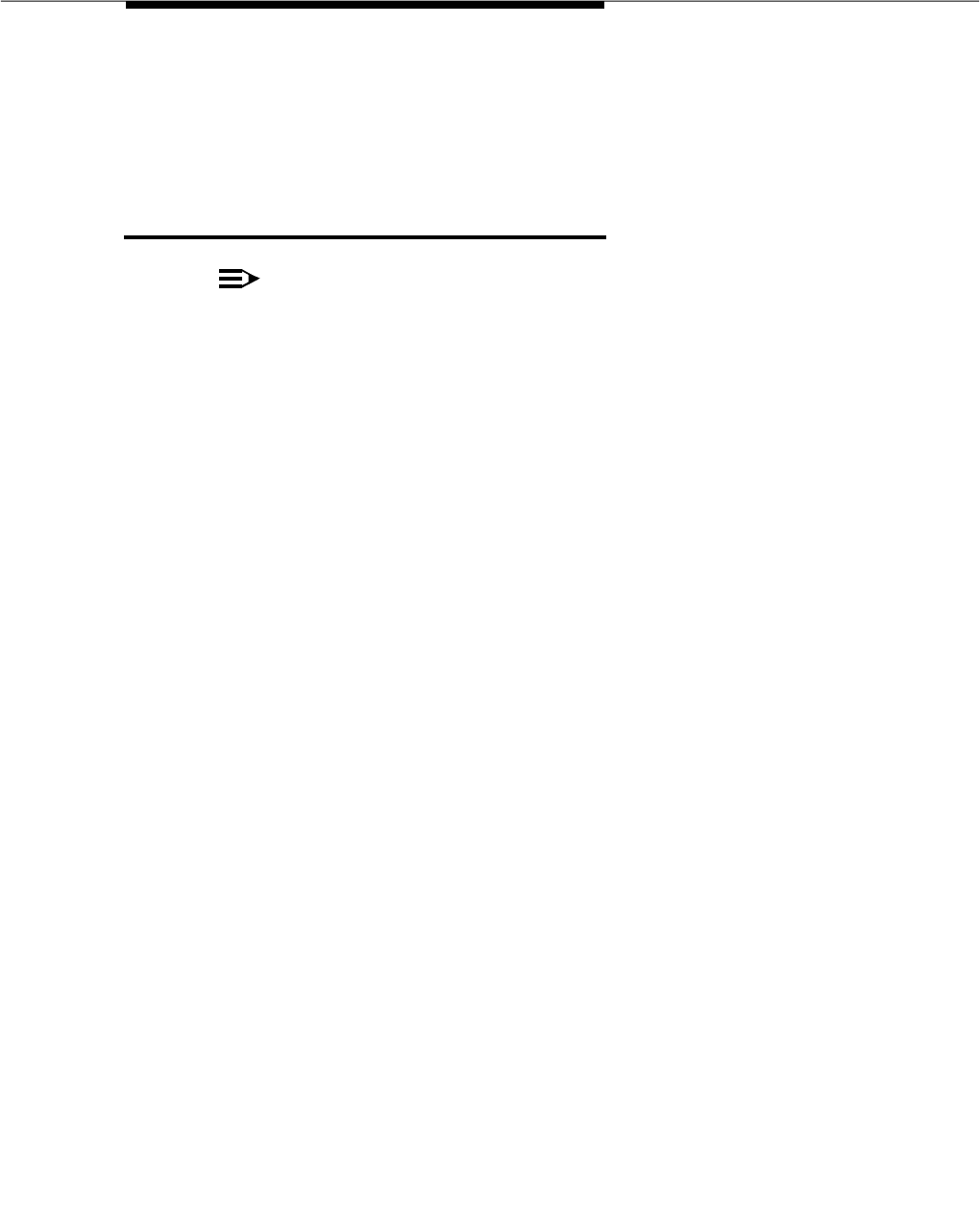
Data Passing
Issue 4 September 1995
H-3
Any attempt to remove a hunt group, split or skill administered within a
converse-
on
vector step is denied until the vector has been changed. Also, any attempt to
make a hunt group, split, or skill nonvector-controlled is denied if the hunt group,
split, or skill is called by a
converse-on
step.
Data Passing
NOTE:
This phase is optional and is in effect only if the application calls for
DEFINITY to pass information in-band to the VRU.
The
converse-on
step may outpulse up to two groups of digits to the VRU. Two
sets of digits are available for outpulsing. The digits can serve two major
purposes, as follows:
■ Notify the VRU of the application to be executed
■ Share call-related data, such as ANI (BN) or caller digits collected by
DEFINITY
In many applications both application selection and data sharing are required.
Since in many cases the digit strings are of variable length, DEFINITY always
appends a pound sign (#) to the end of each digit string.
Prompt and collect
steps in the VRU script must therefore always be administered to expect the
pound sign (#) as the end-of-string symbol and to include the pound sign in the
digit count.
Sending the pound sign (#) prevents excessive delays and other problems
caused by digit timeouts.
The complete outpulse sequence is summarized as follows:
1. VRU answers the call
2. Delay for the time administered in the ‘‘Converse first data delay’’ field in
the System Parameters-Features form occurs
3. <data_1> is outpulsed
4. ‘‘#’’ is outpulsed
5. Delay for the time administered in the ‘‘Converse second data delay’’ field
in the System Parameters-Features form occurs
6. <data_2> is outpulsed
7. ‘‘#’’ is outpulsed



